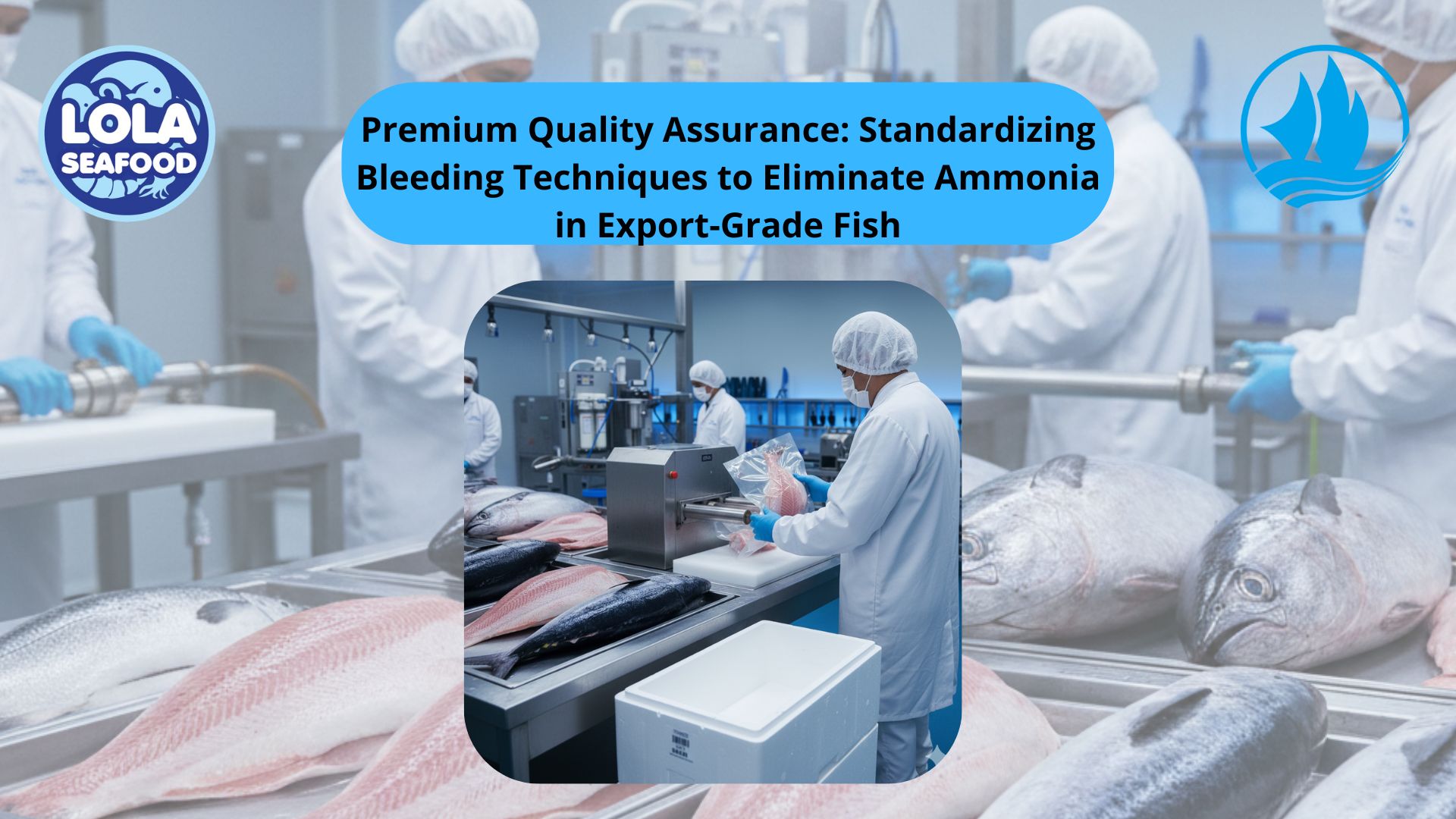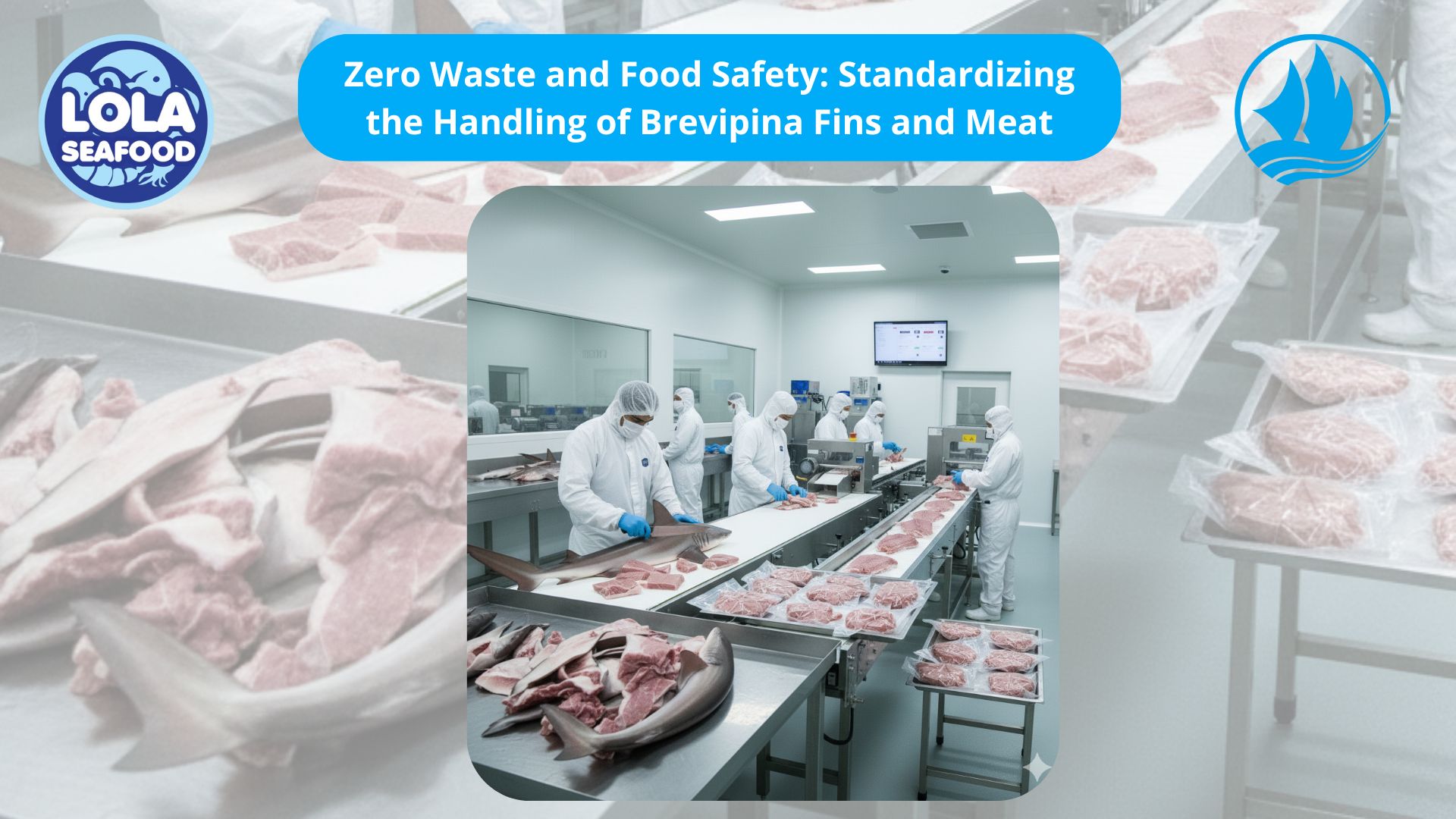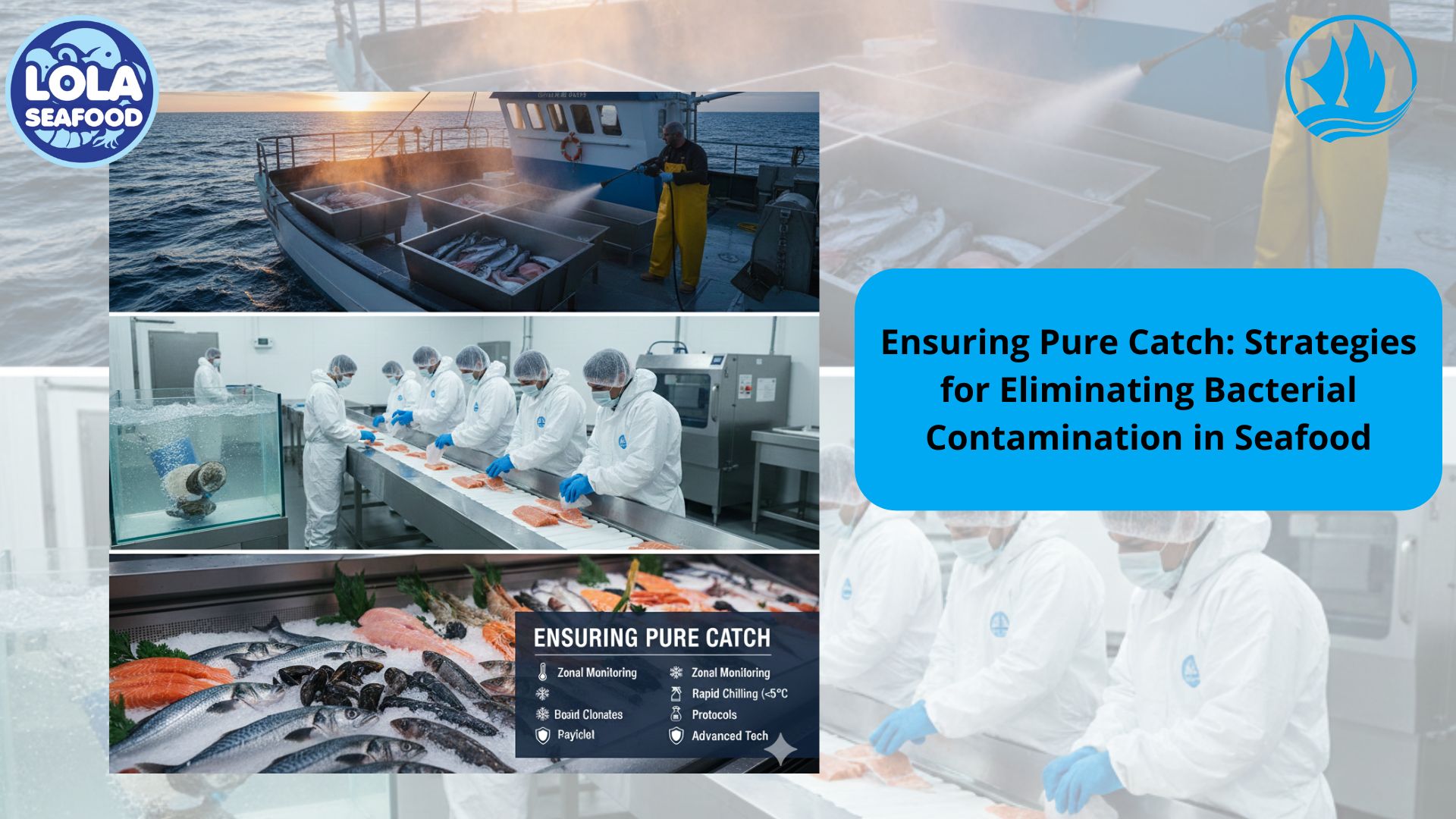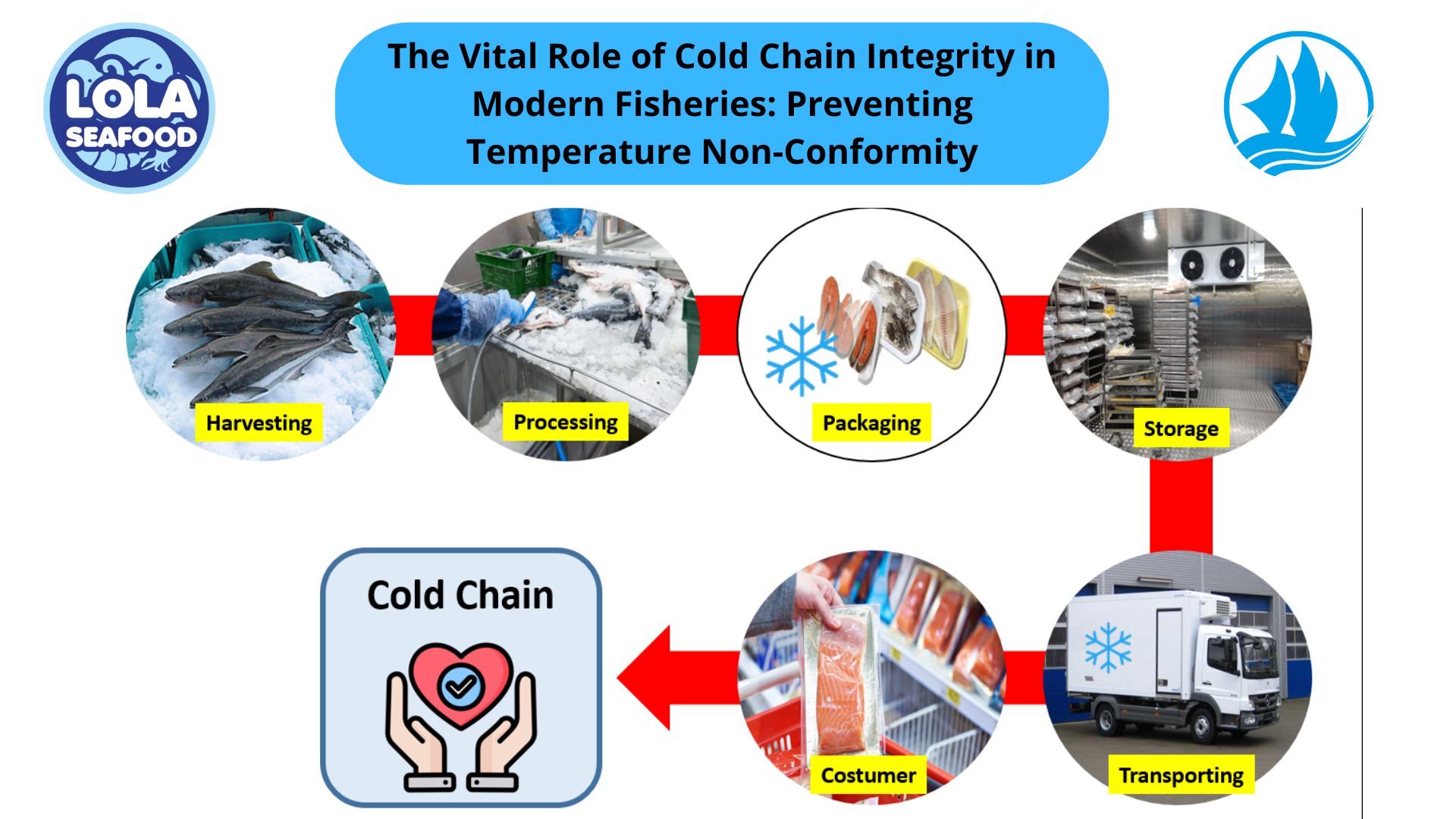TILAPIA DISEASE
By. Najih - 08 Jul 2024.jpg)
Tilapia is a mild-flavoured white fish. It is easy to prepare and relatively inexpensive, making it a popular choice worldwide. Water from infected facilities can also carry pathogens. Dripping live-haul trucks that travel from one farm to another is a source of a wide variety of pathogens. Pathogens can enter a facility on the soles of employees-shoes, on a live-hauler's dip net that was used at another facility, or on the hands of a truck driver that is allowed to dip his finger in a production tank. While no producer can live in a bubble, by addressing the obvious routes of pathogen transfer (fish, water, employees' hands and shoes), a producer can dramatically reduce the risk of becoming infected.
The first step in disease prevention is to buy fingerlings from a reputable source. A producer can further reduce his or her risk by implementing the following simple methods:
- Tilapia may be infected with various bacteria, including species of the genera Vibrio, Aeromonas, Pseudomonas and Streptococcus, whereas some genera may be present also on healthy fish, like species of the genera Pseudomonas Aeromonas, and Plesiomonas. In general, most fish diseases are induced by a stress factor, like a suboptimal environment, for instance, bad water quality, and this allows opportunistic bacteria including Aeromonas hydrophila to infect tilapia and cause disease. Moreover, many bacterial diseases are multifactorial. We should keep this in mind, when trying to understand the cause of and finding a way to cure a bacterial fish disease.
- The current bacterial tilapia diseases of significance (related to fish-welfare, economy and society) are streptococcosis, aeromonasis, francisellosis, columnaris disease and vibriosis.
- To compare economic losses in USD due to bacterial disease in tilapia farming with those in other fish culture species is difficult, as costs are dependent on the value of the fish species, the production system, the country, the currency and so forth. A comparison in terms of % of fish production lost might be meaningful but there is not sufficient data that is collected in a consistent manner to allow for such comparisons across studies, countries, fish species and production systems.

Premium Quality Assurance: Standardizing Bleeding Techniques to Eliminate Ammonia in Export-Grade Fish




.jpg)

.jpg)
 and Employee Productivity on the Demersal Fish Processing Floor.jpg)